Unveiling the Indispensable Role of Molds in Aluminum Gravity Casting
Author: SAIVS Date Published: Jul 06,2023
gravity casting is a commonly used casting process that utilizes the force of gravity to fill molds with molten metal,
thus forming the desired castings. It is suitable for manufacturing metal components of various complex shapes and sizes,
offering advantages such as simple process, high production efficiency, and relatively low cost.
Aluminum Gravity Casting molds are specifically designed for casting aluminum materials during the gravity casting process.
These molds provide a stable casting environment, ensuring proper filling and solidification of the molten aluminum during the flow,
resulting in high-quality aluminum castings. Compared to other materials, aluminum has a relatively low melting point and good fluidity,
making it suitable for gravity casting. Through proper design of aluminum gravity casting molds and process control,
the accuracy and surface quality of Aluminum Castings can be improved to meet the requirements of different industries for parts and components.
This enables aluminum gravity casting molds to have wide applications in industries such as aerospace, automotive,
and mechanical manufacturing, providing reliable aluminum castings for industrial production.
Role of molds in aluminum gravity casting:
1.Molds play the role of accommodating the molten metal and determining the final product shape in aluminum gravity casting.
The mold consists of a cavity and cores, and by injecting the molten aluminum alloy into the mold cavity,
followed by cooling and solidification, the shape, size, and surface quality of the desired product can be accurately determined and reproduced.
2.Molds help control the structure and properties of the castings. Through proper design and arrangement of molds,
directional solidification based on gravity can be achieved, resulting in uniform crystal structure and good mechanical properties.
Molds also have adjustable temperature and cooling systems to control the solidification rate and path,
obtaining the desired casting structure.
3.Molds also contribute to reducing casting defects and improving production efficiency.
The well-designed structure and gating system of molds can prevent the formation of defects such as porosity,
shrinkage, and squeeze. Molds also help remove impurities and inclusions in Aluminum Alloys,
improving casting quality. Additionally, molds enable automated production during gravity casting,
significantly increasing production efficiency and product consistency.
In conclusion, molds in aluminum gravity casting play a key role in accommodating the molten metal,
determining product shape, controlling structure and properties, reducing defects, and improving production efficiency.
They are essential tools in the manufacturing process of aluminum alloy components
and have a significant impact on the final product's quality and performance.
With careful design and the application of suitable molds can make high-quality and efficient aluminum.
Why Choose SAIVS™ as Your Supplier?
1.Superb Quality Control Management
At SAIVS, we take pride in our perfect quality management systems and procedures, which guarantees the excellent performance of all our producs, being a professional Investment Casting | Die Casting| Sand Castingmanufacturer in China.
2.Rich Production Experience
With 20 years of experience in production, SAIVS has a deep understanding of the market and trends, and strives for continuous research and innovation. This has created advantages in both the product's performance and appearance.
3.Competitive Prices
As a Chinese factory committed to becoming the most cost-effective Investment Casting | Die Casting| Sand Castingexporter in China, SAIVS provides high-quality products at advantageous prices. By lowering costs and increasing efficiency, we ensure that our customers receive the best possible value for their investment.
4.Perfect After-sales Service
At SAIVS, we strive to provide superior customer service that meets and exceeds expectations. We are always available for any questions or concerns you may have, and we stand by our commitment to providing excellent after-sales support.
Related Posts
-
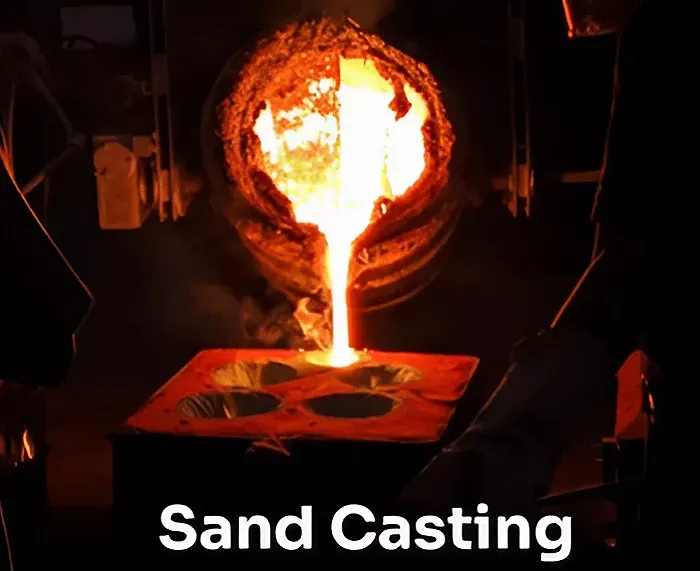
The 6-Step Process of Sand Casting: A Step-by-Step Guide to Creating Metal Castings
This comprehensive guide delves into the 6-step process, from pattern making and mold preparation to melting, pouring, and finishing.
-
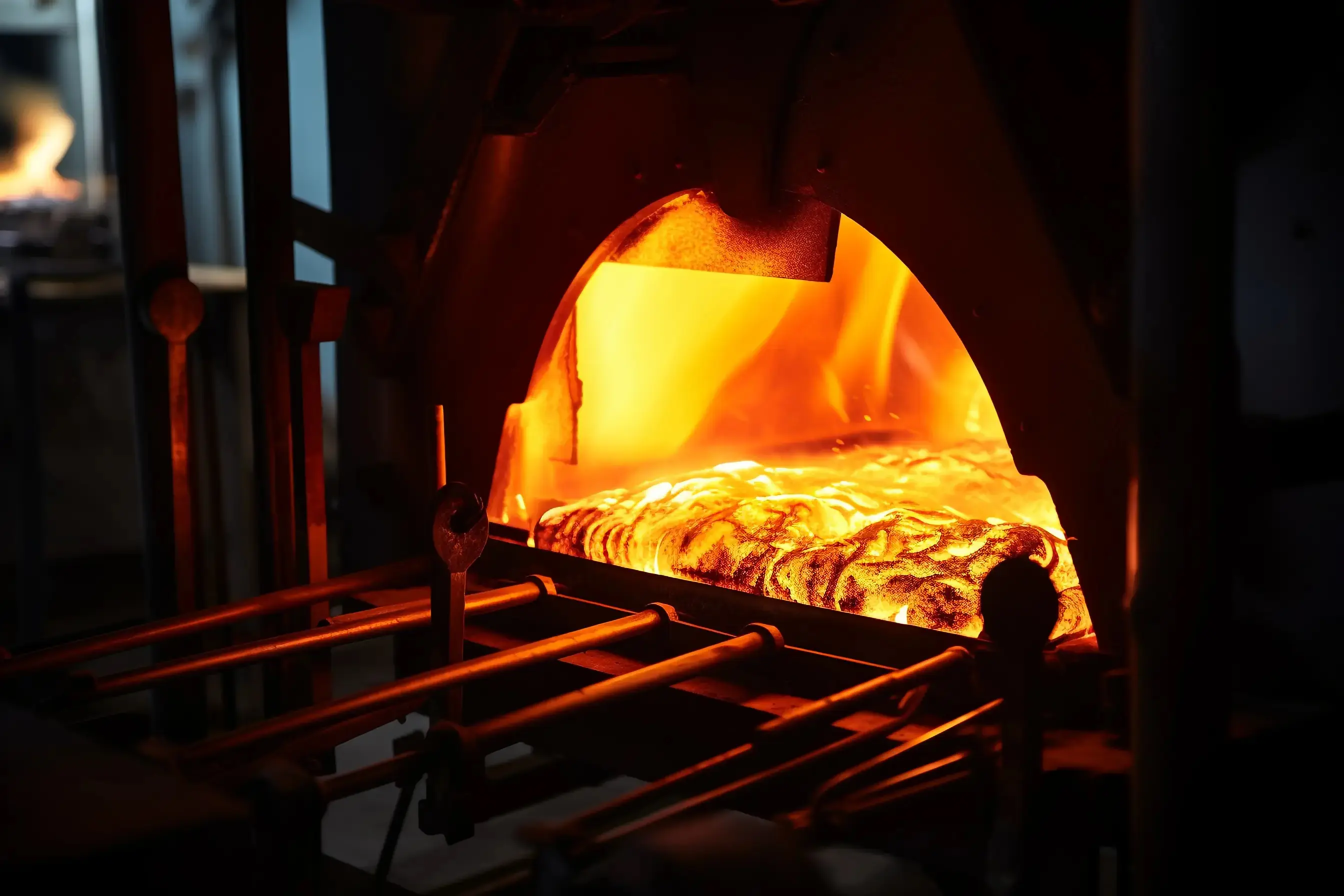
Rethinking Quenching: The Potential of Water in Modern Heat
Introduction:Quenching oil has long been the preferred cooling medium in heat treatment processes due to its unique cooling characteristics. However, conce
-
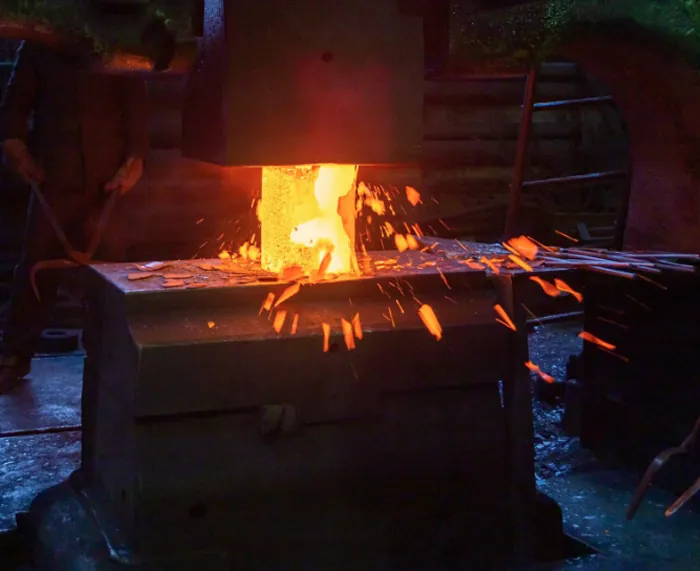
Cold Forging And Hot Forging:What Is The Difference
Forging is a widely used manufacturing process that involves shaping metal by applying compressive forces.Two primary methods of forging are hot forging and col...
-
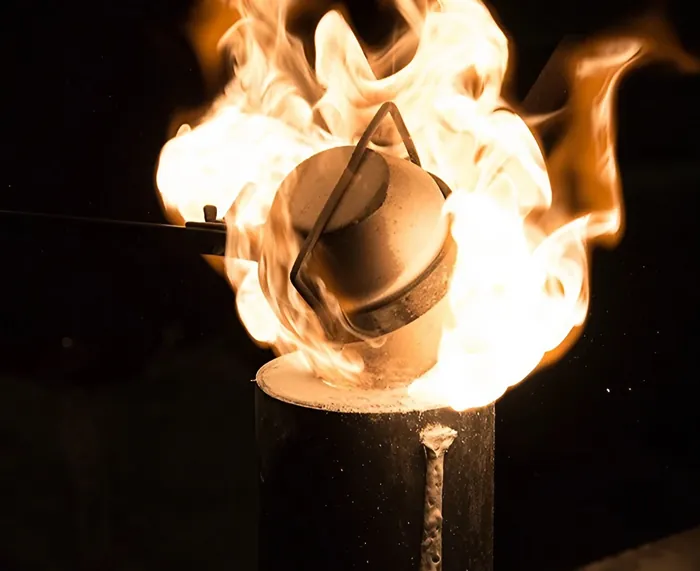
Stainless Steel: The Unsung Hero of Lost Wax Casting
This article will take you to explore the lost wax casting process and a detailed analysis of stainless steel in strength and other aspects of the superior perf...
-
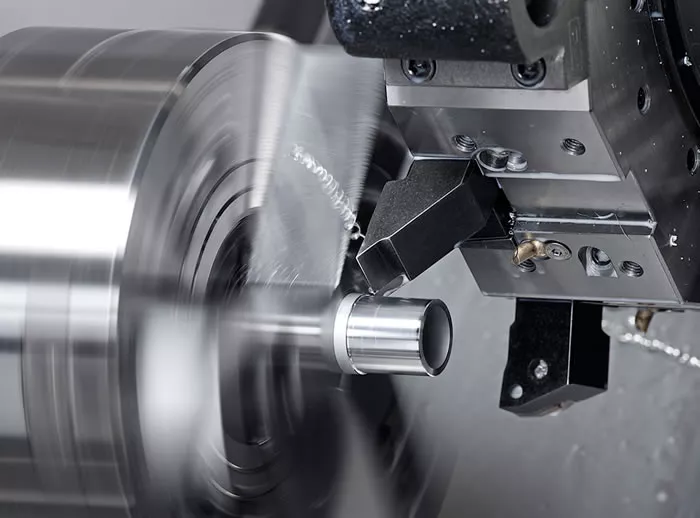
The Benefits of Using CNC Machining in Manufacturing
CNC machining is a process used to create high-precision metal components in various industries. In this article, we will explore the benefits of using CNC mach...
-
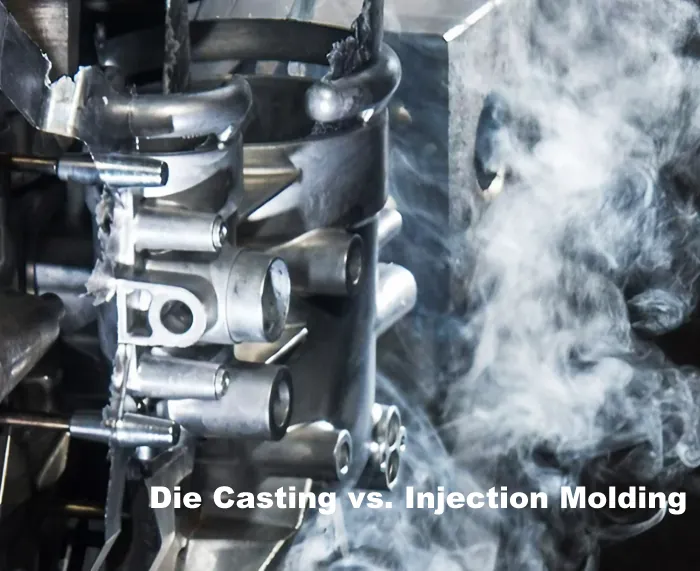
When to Choose Die Casting and When to Select for Injection Molding
Die casting vs Injection Molding: A detailed guide comparing these manufacturing processes for metal & plastic parts.


